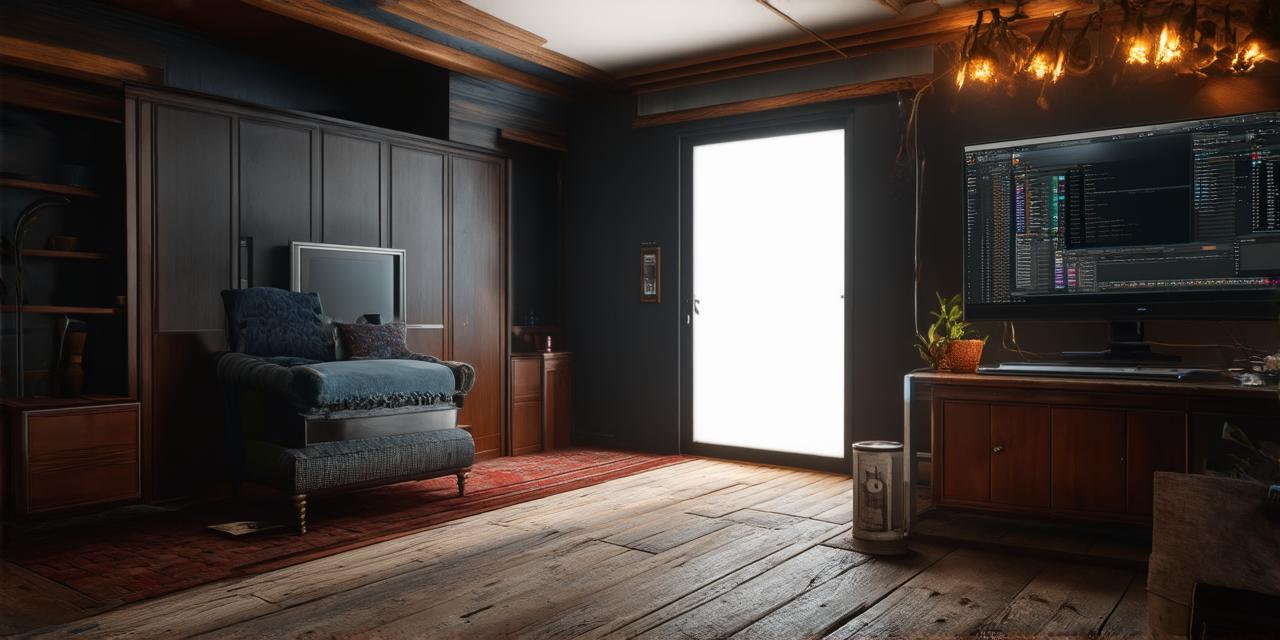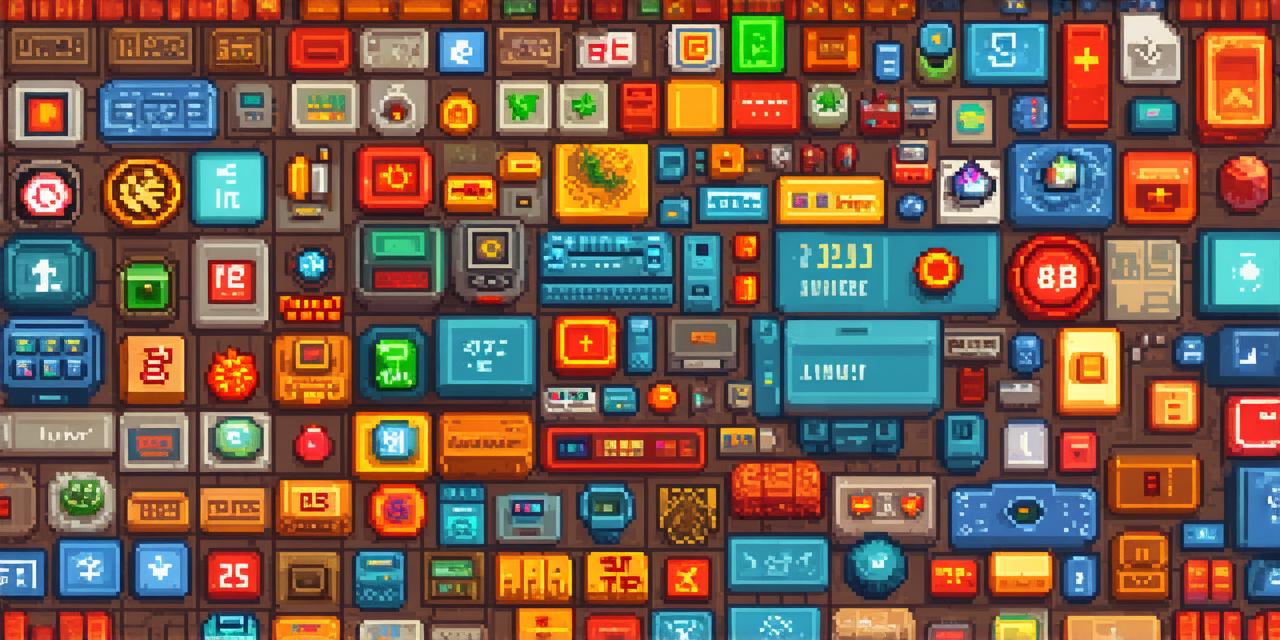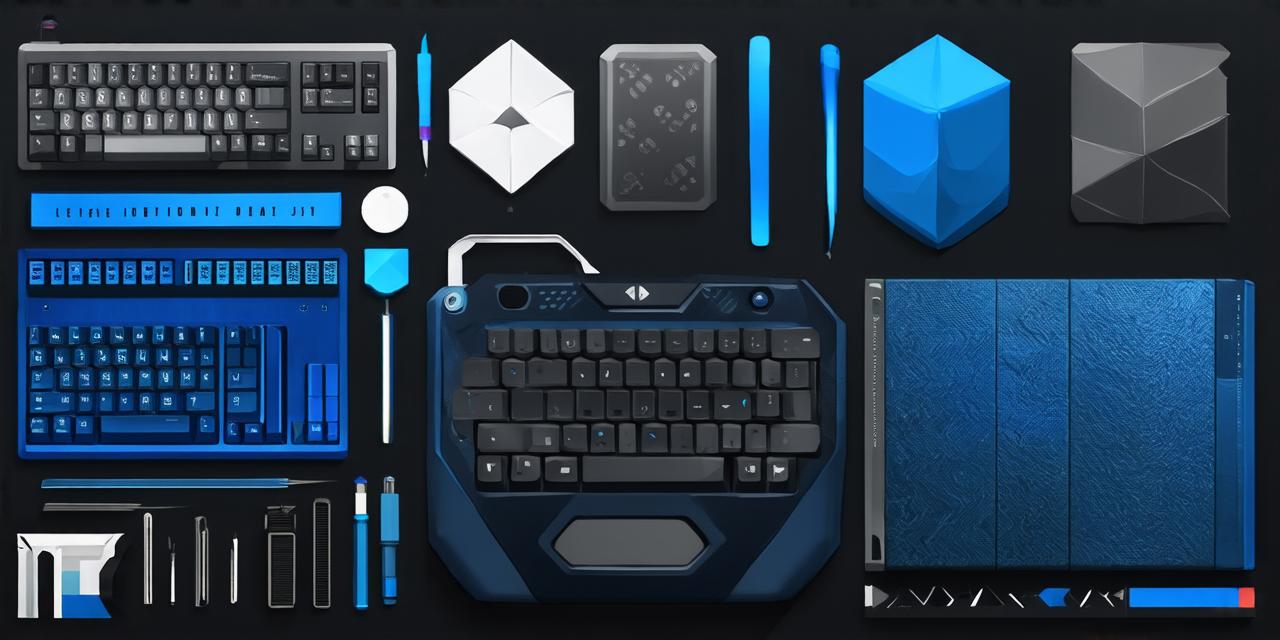Introduction:
Unreal Engine 5 (UE5) is the latest version of the popular game engine that has been used to create some of the most successful games in the industry. With its powerful graphics capabilities, advanced physics simulation, and flexible tools for game development, UE5 offers developers a wealth of features to bring their ideas to life. In this guide, we will explore how to use UE5 to create engaging and immersive games, using case studies and personal experiences to illustrate the process.
Getting Started with Unreal Engine 5:
Before diving into game creation using UE5, it’s important to have a solid understanding of the basics. To get started, you will need to download and install the engine on your computer. Once installed, you can create a new project and start exploring the various features and tools available.
One of the first things you will want to do is set up your game environment. This includes creating levels, defining game rules, and setting up player controls. UE5 offers a wide range of tools for this process, including intuitive drag-and-drop interfaces and powerful scripting capabilities.
Another important aspect of game development is creating realistic graphics. UE5 comes with a powerful physics simulation system that allows you to create stunning visual effects, such as water simulations and dynamic weather systems. You can also use the engine’s built-in tools for lighting and animation to bring your game to life.
Case Study: Creating a Realistic Battlefield Scene
To illustrate the power of UE5, let’s take a look at an example of creating a realistic battlefield scene. In this scenario, we will create a medieval-themed battlefield with soldiers and knights engaging in combat.
First, we will create our environment by defining the layout of the battlefield and placing various objects, such as trees, rocks, and buildings. We can then use UE5’s advanced physics simulation to create realistic movement and interactions between these objects.
Next, we will define the rules of the game, including how players can move, attack, and interact with their environment. We can do this using the engine’s built-in scripting capabilities, which allow us to create complex game logic without writing a single line of code.
Finally, we will add realistic graphics to our battlefield scene by using UE5’s advanced lighting and animation tools. We can create stunning visual effects, such as explosions and particle systems, to make the battlefield come to life.
Personal Experience: Creating a Puzzle Game using Unreal Engine 5

As a game developer, I have used UE5 to create a number of different games, including a popular puzzle game that has been downloaded by millions of players. In this game, players must solve increasingly complex puzzles by manipulating objects in their environment.
To create this game, I started by defining the layout of each level and placing various objects that players could interact with. I then used UE5’s powerful physics simulation to create realistic movement and interactions between these objects. This allowed me to create a sense of realism that kept players engaged and interested in the game.
Next, I defined the rules of the game using the engine’s scripting capabilities. For example, I created a system where players could pick up and move objects, and used this to create a series of increasingly complex puzzles that required players to think creatively to solve.
Finally, I added realistic graphics to my game by using UE5’s advanced lighting and animation tools. I created stunning visual effects, such as particle systems and explosions, to make the game come to life and keep players engaged.
Conclusion: The Power of Unreal Engine 5 for Game Creation
Unreal Engine 5 is a powerful tool for game development that offers developers a wealth of features and tools to bring their ideas to life. With its advanced graphics capabilities, flexible game creation tools, and powerful physics simulation system, UE5 is the perfect choice for creating engaging and immersive games.




